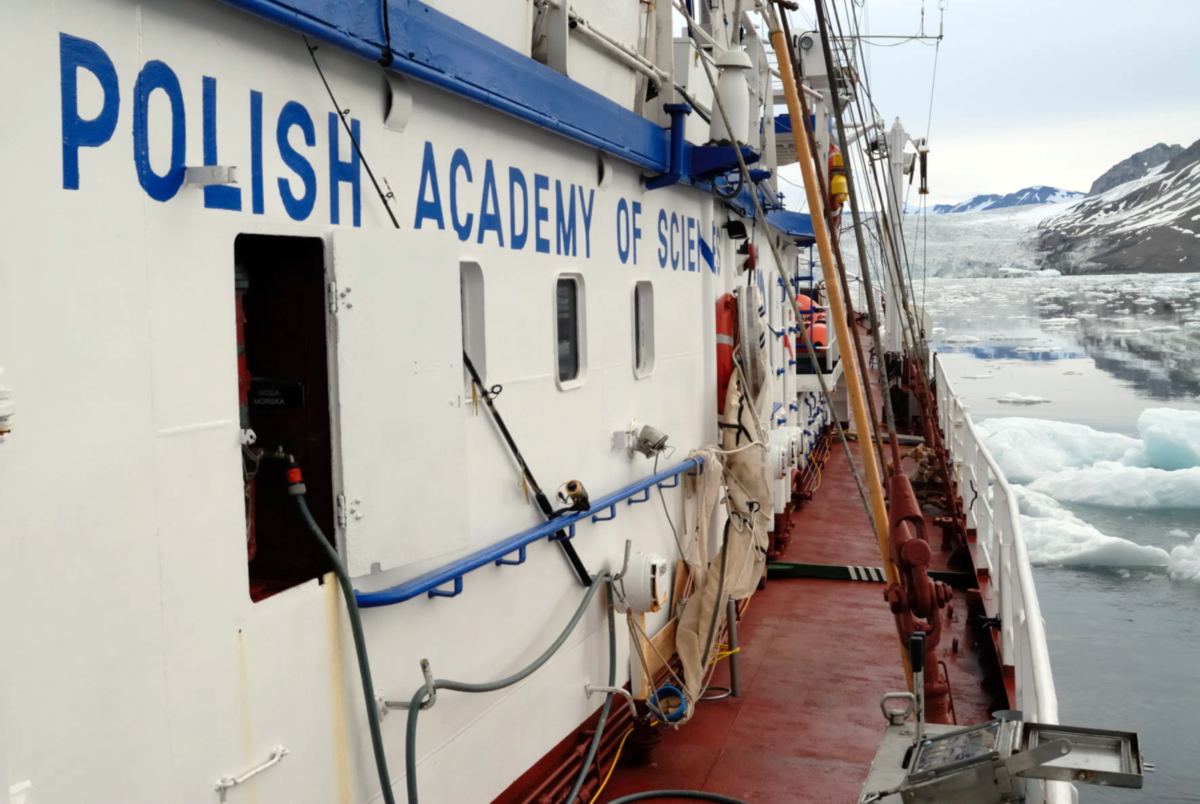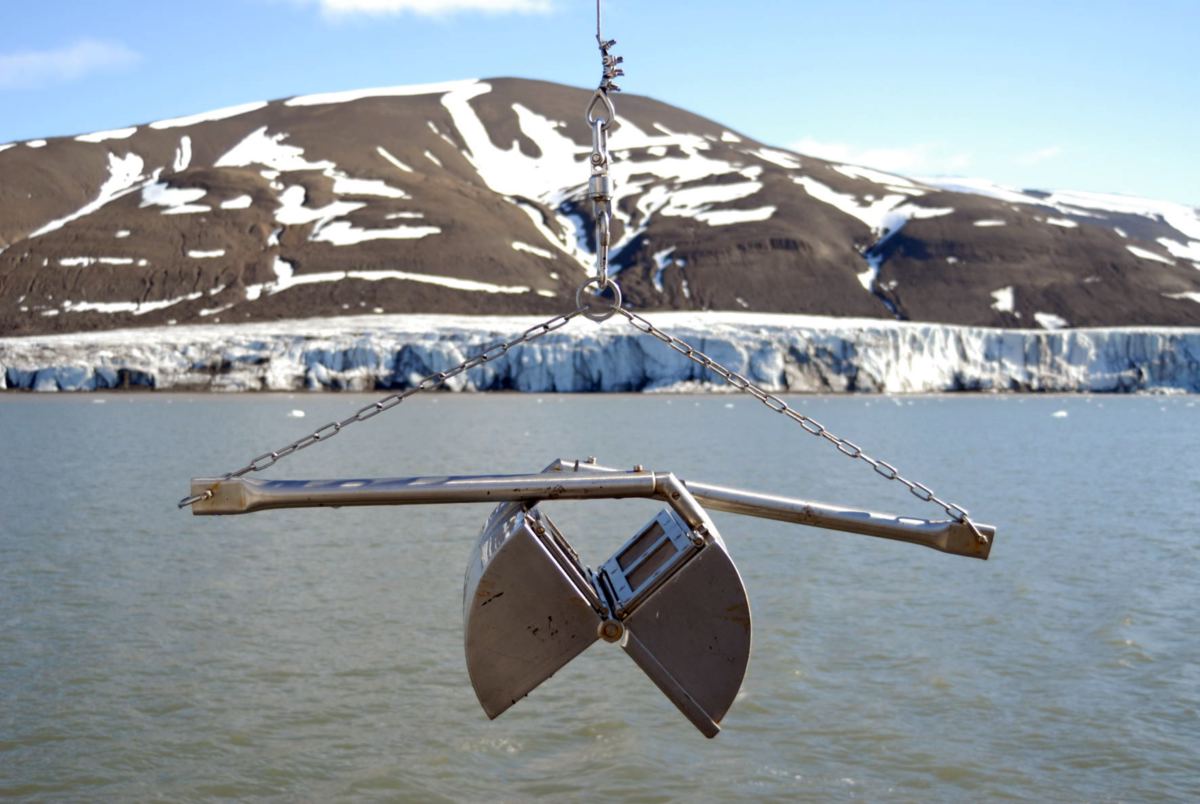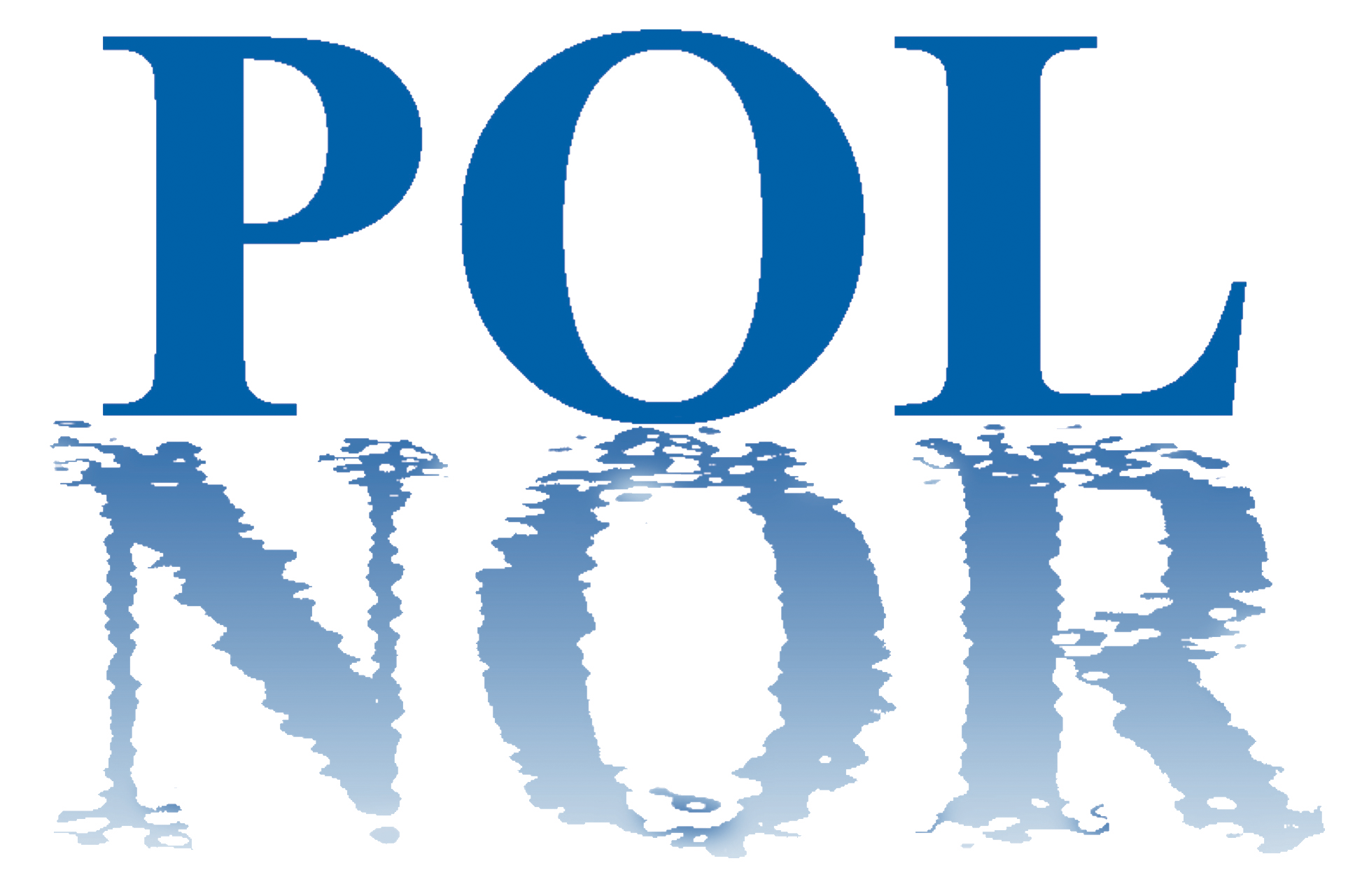|
|
Methods and Approach:
 s/y Oceania vessel s/y Oceania vessel
 Van Venn grab Van Venn grab
To make this project as efficient as possible for all WPs existing samples will be used whenever possible. This will include depositories of Institute of Oceanology (IO PAN), NIVA and AkvaPlan-Niva (APN) from number of large projects covering in their scopes the study area (e.g. CABANERA, ATP, ECOBAR, BANKMOD). In addition to existing samples and data we plan number of scientific cruises with R/V Oceania (ship belonging to IO PAN) and R/V Lance (NIVA has several cruises booked already). During those cruises extensive physical and biological parameters of the water masses will be measured and biological samples collected. Physical parameters measurement will include temperature, salinity, carbon dioxide system parameters (Ct, At, pCO2, pH) and nutrients. Biological samples include quantitative samples of sediment and calcifying benthic fauna. First part of the project will provide baseline observations and contemporary modelling (see work package no 1 [WP1]). It will identify, and access, hydrographic and biogeochemical datasets from ocean observations available in the public domain, available Polish and Norwegian sources, as well as new data provided by measurements performed during the duration of this project. Data quality control will be done through cross-over analysis; property-property evaluation and combine the data into an integrated dataset and will be made publically available through Carbon Dioxide Information Analysis Center (CDIAC). Hydrography, carbon and nutrient biogeochemistry (e.g. pH, CaCO3 saturation state) across depth gradient in selected areas together with determination of pH variability in selected contrasting regions will be mapped through model output and POL-NOR dataset. All compiled dataset will be validated by the grid model. Dataset will be presented as a GIS maps. Based on this dataset hind cast model fields of physical and biogeochemical variables.
|
|



